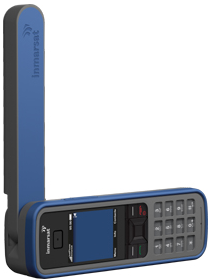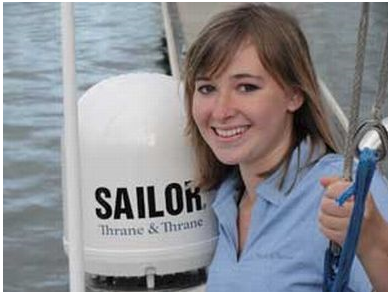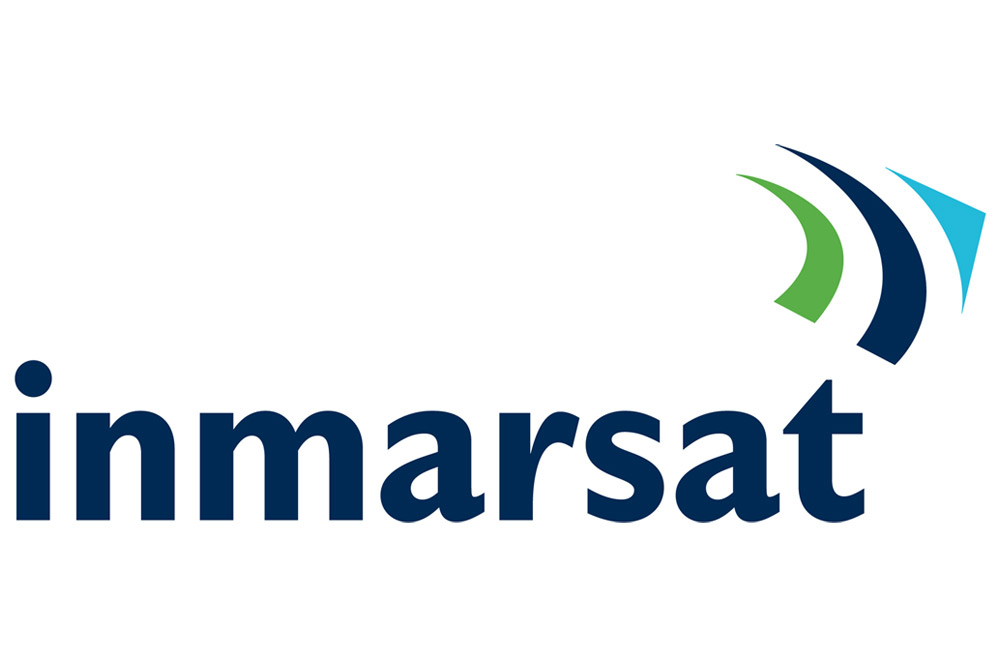Light users in new sectors to benefit from Marine Satellite Services pricing
Inmarsat has just announced new Fleetbroadband marine satellite services pricing packages that focus on the smaller fishing and leisure vessels.
“These plans will help Inmarsat and its partners tap into new and growing markets for light marine vessels,” said Kyle Hurst, Inmarsat’s maritime market manager.
He explained: “The plans, which were launched on 1 April, are designed to appeal to users who are fairly conservative in their requirements for data and voice, sporadic in their use and typically are regionally constrained in their use.”
Marine Satellite Services pricing plans will provide:
- Capped bills – controlling costs and limiting bills to specific daily, monthly amounts
- Shorter durations – month at a time pricing plans
- Inmarsat’s new on-net pricing – more affordable satcom to satcom calls.
- Applicability for all data types – focus on much lighter fleetbroadband users who want to send/receive a small amount of data like e-logs.
Kyle said: “These plans are designed to appeal to users who, up until now, may have been interested in using Fleetbroadband but were wary about the commitment involved.
“They are prepared to pay a certain amount every month, but they want value-added services that provide strict controls and limits on utilisation and therefore cost.
“We believe that these plans offer partners a great opportunity to break into new maritime markets.”










